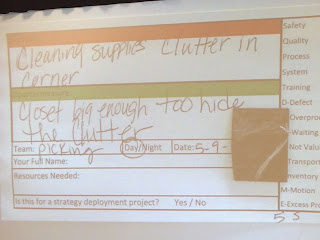Many thanks to Boaz Tamir, head of Israel Lean Enterprise (part of the Lean Global Network),
for an invitation to present at a session for a number of businesses
that are involved in adopting the Lean process improvement philosophy in
their organizations. Examples included Intel, the Strauss Group (food
and beverage supplier), Bank Hapoalim, and yes (satellite
broadcasting.) The attendees were intrigued with the lessons from my book Goal Play! about how to create learning organizations.
I was honored to share the stage with Micha Popper, from Haifa University, who studies and teaches about leadership. He told a particularly apt story about how the Israeli Air Force improved their learning process. Years ago, after the missions, the pilots would sit around and tell each other stories about what had happened during their flights. Later, when technology had improved to document the actual flight conditions and history of each flight, their stories were bolstered by actual data. The debrief sessions that resulted were much more accurate. More to the point, the flight teams–who previously had a natural tendency to hide or forget their mistakes–became much more open about disclosing their errors, comparing them one with the other, and then learning from the experience. The result was a documented improvement in pilots’ abilities.
I was honored to share the stage with Micha Popper, from Haifa University, who studies and teaches about leadership. He told a particularly apt story about how the Israeli Air Force improved their learning process. Years ago, after the missions, the pilots would sit around and tell each other stories about what had happened during their flights. Later, when technology had improved to document the actual flight conditions and history of each flight, their stories were bolstered by actual data. The debrief sessions that resulted were much more accurate. More to the point, the flight teams–who previously had a natural tendency to hide or forget their mistakes–became much more open about disclosing their errors, comparing them one with the other, and then learning from the experience. The result was a documented improvement in pilots’ abilities.












